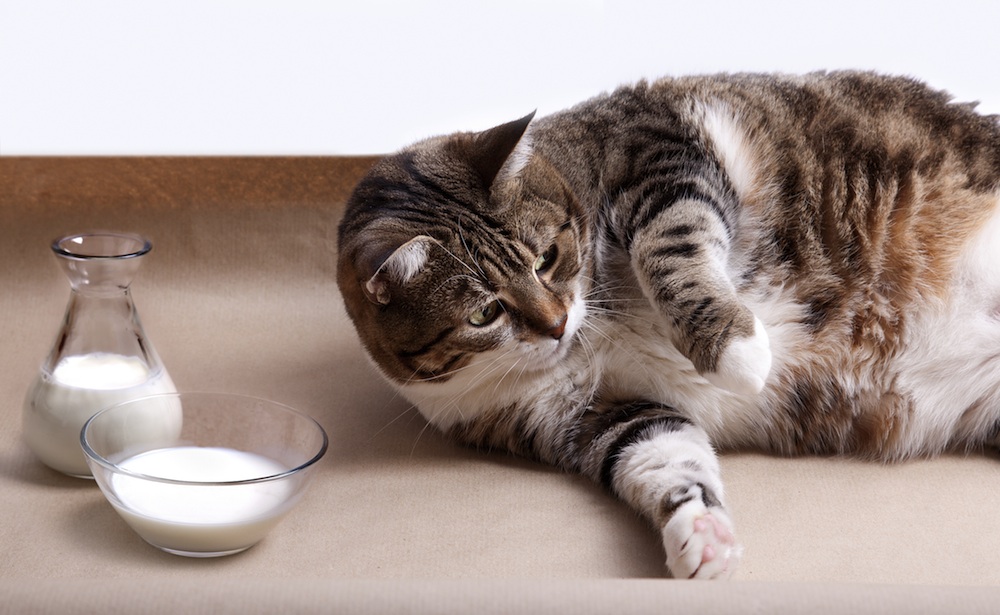States with the Fattest Pets Revealed in New Report


As Americans are getting fatter, so are their pets — a new report says that about a third of pet cats and dogs in the United States are overweight or obese.
For the report, researchers at the veterinary hospital chain Banfield analyzed information from about 2.5 million dogs and half a million cats that were seen at their clinics during 2016.
Interestingly, the states with the pudgiest pets often weren't the same as the states with the highest rates of human obesity. For example, southern states including Louisiana, Alabama and Mississippi have some of the highest obesity rates in the nation, but they had some of the lowest rates of pet obesity.
The state with the greatest percentage of portly pets was Minnesota, in which 41 percent of dogs and 46 percent of cats were overweight or obese, according to the Washington post's story on the report.
The report highlights the growing trend of pet obesity. Over the last 10 years, the percentage of cats and dogs that are overweight has increased more than 150 percent, according to Banfield.
The trend is concerning because obesity in animals, as in humans, is linked with an increased risk of health problems. For example, as the percentage of overweight and obese pets has increased, so have the rates of diseases that may occur with obesity, such as arthritis, the report said. [11 Ways Your Beloved Pet May Make You Sick]
Extra pounds may also translate to extra costs for pet owners, Banfield said. Owners of overweight dogs spend 17 percent more on their dogs' healthcare costs, and owners of overweight cats spend 36 percent more on healthcare costs, compared to owners with healthy-weight dogs and cats, the report said.
Get the world’s most fascinating discoveries delivered straight to your inbox.
There may be several reasons for the rise in pet obesity, including misconceptions about what counts as "overweight" in pets. Overweight dogs and cats may be becoming the "new normal," and people may be uncertain about how much they should feed their pets, according to Banfield.
To reduce the chances of obesity in your pet, Banfield recommends cutting down on treats and increasing exercise for your pets. For example, dog owners can take their dog for a walk or play catch, and cat owners can have their kitties play with a jingle ball or feather teaser. Owners should also take their pets for regular checkups and speak with their veterinary about nutrition counseling.
Original article on Live Science.

Rachael is a Live Science contributor, and was a former channel editor and senior writer for Live Science between 2010 and 2022. She has a master's degree in journalism from New York University's Science, Health and Environmental Reporting Program. She also holds a B.S. in molecular biology and an M.S. in biology from the University of California, San Diego. Her work has appeared in Scienceline, The Washington Post and Scientific American.


